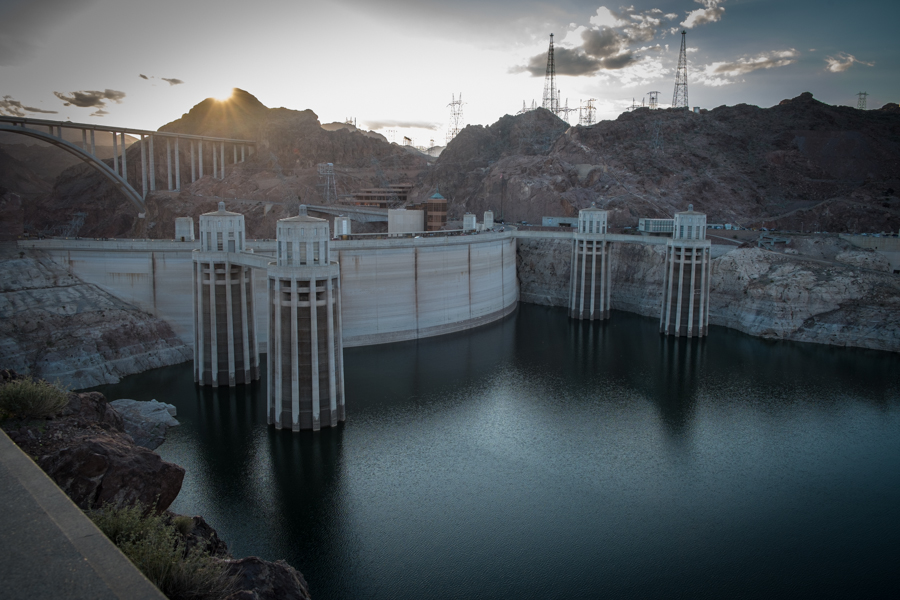A guest post of sorts* from a group of prominent economists here in the western United States questioning the findings in a widely quoted report (pdf here) by a group from Arizona State about the potential economic impact if the Colorado River went dry:
***********
A January 14th article in the Wall Street Journal reported results of a study that estimated economic losses to the seven Colorado River Basin States should the Colorado River dry, and, with it, a loss of critical water supply to the regional economies. The study tallies the annual contribution of the Colorado to the combined Gross State Product of the Basin at about one twelfth of the total U.S. GDP. The regional losses cited in the study range from $43,000 to $394,000 per acre-foot, our usual measure of water quantity. Anyone familiar with market water values in the region that typically range from $100 to $300 per acre foot will be skeptical of the loss estimates.
Values in California during its current drought have reached $2000 per acre foot. It is unrealistic to assume that the Colorado will dry up, although it is well known that recent flows have been falling and that storage in the Basin’s reservoirs is at an historic low. Further, ways of mitigating such huge losses are ignored in the study: (1) increased water use efficiency by urban and (especially) agricultural users; (2) use of groundwater in the short term; (3) desalination of plentiful brackish waters priced around $1000 per acre-foot; (4) imports from other regions. The study’s approach ignores these possibilities and assumes that historical ratios of water use to output must continue unchanged. It ignores the contribution of other inputs such as power, land, and capital.
Study statements that 65.8% of New Mexico’s annual state output would be lost are, prima facie, not credible since only 15% of New Mexico’s irrigation water comes from the Colorado and only 60% for urban uses according to the study.
Good policy needs to be based on sound economic analysis. Distorted analyses serve no interests well.
Frank Ward, Professor of Agricultural Economics, New Mexico State University; R. Garth Taylor, Associate Professor of Agricultural Economics, University of Idaho; Charles W. Howe, Emeritus Professor of Economics, University of Colorado; George Frisvold; Professor of Agricultural Economics, University of Arizona
* Originally written as a letter to the editor to the Wall Street Journal, not published there, published here by permission of the authors

